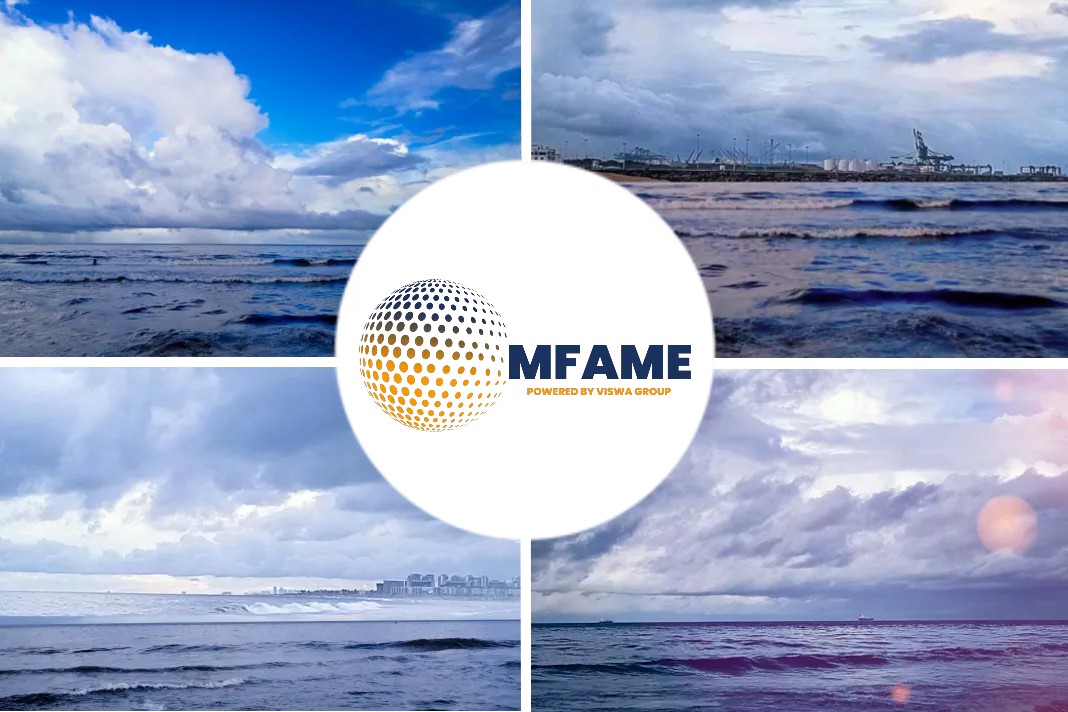East Asian importers are diversifying their sources of oil products such as naphtha and gasoline in the wake of the recent attacks on Saudi oil installations and have stepped purchases from Europe, reports S&P Global Platts.
Transport of naphtha and gasoline cargoes
The market participants said more than six Long Range ships have already been fixed to move naphtha and gasoline cargoes from Europe to Asia this week.
The route attracts occasional fixtures, mostly for naphtha, but market participants said the number has surged as importers scurry to cover the shortfall from Saudi Arabia.
They could not recall another week in recent memory in which more than six LRs had been fixed on the route for spot cargoes.
“Several cargoes have already been covered for loading early next month,” said a source with an LR owner whose ships have been taken for such voyages.
Some of these ships are expected to deliver gasoline into the Red Sea region but also have options to discharge in Singapore, while the naphtha is for delivery into North Asia, the source said.
Lukoil, Equinor and P66 – Major movers
It is not only Saudi Arabia’s ATC that is covering its requirements for oil products to offset the near-term deficit but other importers as well, said another shipping industry source involved in such deals.
Lukoil, Equinor and P66 are among the companies that are moving gasoline or naphtha from Scandinavia and Russia to Asia including the Middle East region, ship brokers said.
Executives of these companies could not be reached for comment but brokers said more such deals were in the offing.
Arbitrage in cargo movement
Naphtha from the Persian Gulf is currently priced higher due to the September 14 attacks on Saudi oil installations and there is an arbitrage opportunity to move the cargoes from Europe to North Asia, an LR broker said.
Equinor plans to pick up one such naphtha cargo from Norway and Lukoil a cargo from Novorossiysk in Russia early next month on LR2s, sources said. LR2s typically carry 75,000-90,000 mt cargoes.
Clean tanker brokers said LR2s were currently available at just above $2.2 million for naphtha loading from Novorossiysk, with an additional $400,000 if the cargo was picked up in Norway. The rates are basis delivery at Japanese ports.
However, several owners pointed out that the arbitrage may not last and even if it does, a beeline of ships ready to pick up cargoes would pressure down freight rates.
Additional war risk premium
For the moment, it does not make sense to position ships in the Persian Gulf as there is no certainty of securing cargoes, while an additional war risk premium, or AWRP, would add to the cost.
The AWRP that is calculated on a dollar per day basis and varies from ship to ship, depending on its age and value, has to be paid even if the tanker transits or waits for a cargo in the Persian Gulf region.
To avoid such expenses, clean tankers are eyeing loading opportunities in Europe and West Coast India, sources said.
Some supplies for the Middle East and East Africa region that would have been sourced from Saudi Arabia’s refineries are now being picked up elsewhere, sources said.
Significant trading along the west coast
LR1s have been chartered for gasoline deliveries from the Scandinavian region to the Persian Gulf at $1.1 million, with a $300,000 premium for the option to discharge in Singapore, they said.
There is also a flurry of activity in west coast India this week, with Vitol seeking an LR1 for loading gasoil, Reliance for alkylate and BP for jet fuel.
ATC could not be immediately reached for comment, but shipping industry sources said the company was moving both gasoil and gasoline within the Middle East to ensure regular supplies.
The company has a LR1 size gasoil cargo for end September loading in Ruwais and gasoline for loading Wednesday in Jubail, another broker tracking such deals said. LR1s typically carry cargoes up to 65,000 mt.
Did you subscribe to our daily newsletter?
It’s Free! Click here to Subscribe!
Source: S&P Global Platts



























